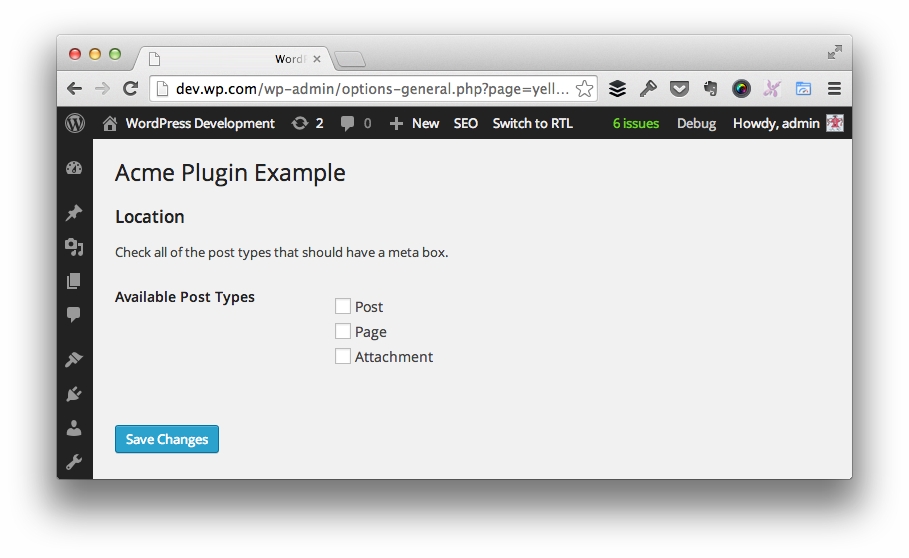I’ve talked before about how I think the addition of the WordPress Theme Customizer (well, soon to be called the Customizer) is one of the nicest additions to the core application in a long time. I’ve also talked about how I fear the direction that some developers will take it.
Regardless, if you’ve worked with the Customizer long enough – especially when it comes to the JavaScript aspect of it – then you’ve likely noticed that you can end up writing relatively repetitive code especially when you’re working with something such as a list of items or something similar.
When you end up reaching this particular point, having too much of the same code with the only variations being a few strings ends up being a bit of a code smell.
In order to prevent this, it’s often better to write helper functions that abstracts the repetitive functionality into a single, ahem, function that you can call with the strings that are unique to your use case.
Here’s what I mean.



